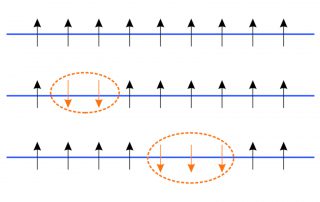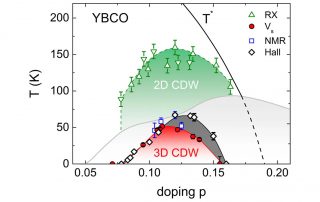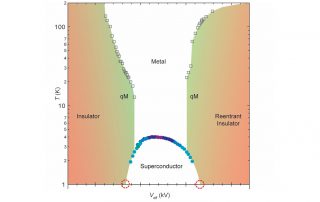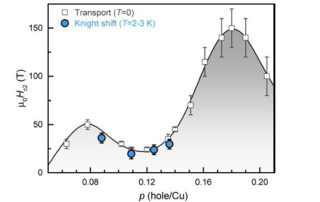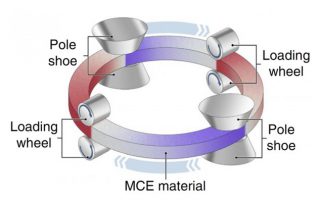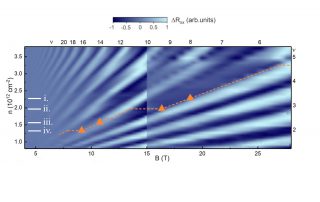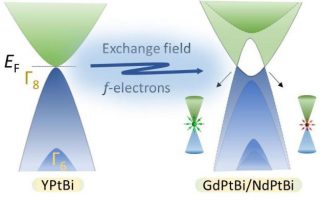EXPERIMENTAL OBSERVATION OF BETHE STRINGS
Zhe Wang, HZDR Dresden and A. Loidl, University of Augsburg. In his seminal work entitled “Eigenwerte und Eigenfunktionen der linearen Atomkette” (eigenvalues and eigenfunctions of a linear chain of atoms), published in 1931 in “Zeitschrift für Physik”, Hans Bethe succeeded in finding an exact solution to the one dimensional [...]


